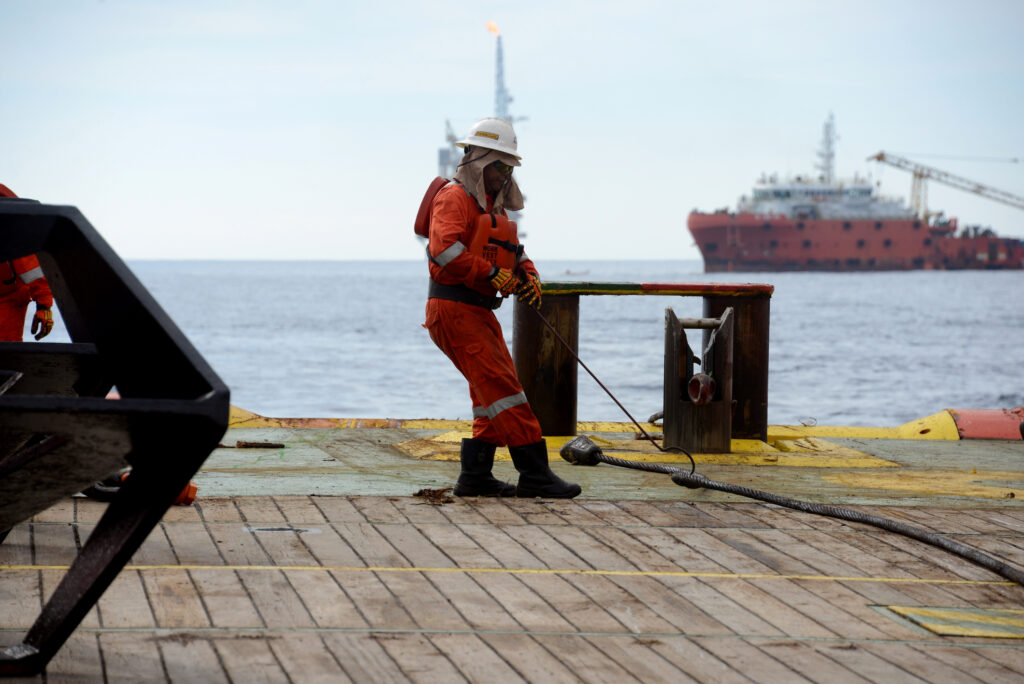At Field1st, we understand that utility work is essential but comes with significant risks. The utilities sector faces a higher rate of serious injuries and fatalities (SIFs) compared to many other industries.Recognizing and mitigating these hazards is crucial for the safety of all utility workers.Studies show that workers identify only about 45% of the hazards they encounter daily. To improve this, tools like the Energy Wheel have been developed, highlighting ten energy sources that can lead to injuries or illnesses if not properly managed. Using such tools can increase hazard recognition by approximately 30%.
However, recognizing energy sources is just one aspect. Being aware of specific high-energy hazards related to daily tasks can further enhance safety. Safety professionals have identified 13 common high-energy hazards responsible for most serious injuries and fatalities in the industry. In this article, we focus on the first seven, explaining what they are, why they’re dangerous, and how to control them effectively.
1. Falls from Elevation
What It Is: Falls from heights of four feet or more can result in severe injuries due to the increased impact force.
Why It’s Dangerous: The higher the fall, the greater the acceleration and energy involved, turning a simple misstep into a potentially fatal incident. Environmental factors like wind or rain can exacerbate the risk.
Critical Risk Controls:
•Use Technology: Employ drones or remote equipment to minimize the need for working at heights.
•Fall Protection Systems: Ensure all fall arrest systems are properly installed and maintained.
•Equipment Inspection: Regularly check ladders and platforms for stability and secure installation.
•Safe Practices: Maintain three points of contact when climbing or descending ladders.
•Teamwork: Avoid working alone in elevated areas; always have a spotter or partner.
2. Fires with Sustained Fuel Sources
What It Is: Fires that have access to continuous fuel, such as dry vegetation or gas leaks, making them difficult to control.
Why It’s Dangerous: These fires can grow rapidly, becoming intense and long-lasting, posing severe risks to workers and infrastructure.

Critical Risk Controls:
•Emergency Planning: Review and practice the site’s emergency response plan.
•Hot Work Precautions: Keep welding, grinding, and other ignition sources away from potential fuel.
•Fire Watch: Assign dedicated personnel to monitor for fires during and after high-risk activities.
•Gas Detection: Utilize monitors to detect leaks before they become ignition points.
3. Heavy Rotating Equipment
What It Is: Machinery with moving parts such as chainsaws, augers, and conveyor belts.
Why It’s Dangerous: Contact with rotating parts can lead to severe injuries, including entanglement and amputations.
Critical Risk Controls:
•Machine Guarding: Install protective guards on all equipment with moving parts.
•Personal Safety: Secure loose clothing and hair; keep a safe distance from operating machinery.
•Protective Gear: Wear appropriate PPE like cut-resistant gloves.
•Automatic Shutoffs: Use equipment with sensors that stop operation when obstructions are detected.
•Communication: Coordinate with operators and team members before starting equipment.
4. Exposure to Toxic Chemicals or Radiation
What It Is: Contact with harmful substances, carcinogens, or radiation during routine tasks.
Why It’s Dangerous: High doses can cause immediate health issues like burns or respiratory problems and long-term effects like cancer.
Critical Risk Controls:
•Limit Exposure: Adjust work schedules to minimize time spent near hazardous substances.
•Training: Provide comprehensive training on handling and recognizing hazardous materials.
•Proper Handling: Store and dispose of chemicals according to safety regulations.
•Protective Equipment: Ensure the use of appropriate PPE, such as respirators and protective clothing.
5. High Surface Temperatures
What It Is: Contact with surfaces or materials that are hot enough to cause burns, such as equipment used in welding or hot asphalt.
Why It’s Dangerous: High temperatures can cause severe burns quickly, even from brief contact.
Critical Risk Controls:
•Awareness Training: Educate workers about the risks of high-temperature surfaces.
•Protective Gear: Use heat-resistant gloves, clothing, and face shields.
•Equipment Insulation: Insulate or guard hot surfaces to prevent accidental contact.
•Environmental Monitoring: Be cautious of ambient conditions that can increase surface temperatures.
6. Mobile Equipment Near Workers on Foot
What It Is: The operation of machinery like backhoes and loaders in proximity to ground personnel.
Why It’s Dangerous: Limited visibility and blind spots can lead to collisions, causing serious injuries or fatalities.
Critical Risk Controls:
•Barrier Implementation: Use physical barriers to separate workers from operating equipment.
•Spotters and Flaggers: Assign team members to guide equipment operators and alert them to nearby personnel.
•Technology Aids: Equip machinery with cameras or sensors to detect people in blind spots.
•Traffic Management: Develop and enforce site-specific protocols for equipment movement.
7. Motor Vehicle Incidents Involving Occupants
What It Is: Accidents involving workers driving or riding in vehicles as part of their job duties.
Why It’s Dangerous: Vehicle collisions can result in severe injuries due to the forces involved.
Critical Risk Controls:
•Seatbelt Use: Enforce mandatory seatbelt policies at all times.
•Distracted Driving Policies: Prohibit the use of mobile devices while driving.
•Driver Fitness: Ensure drivers are properly licensed, trained, and fit for duty.
•Vehicle Maintenance: Keep all vehicles in good working condition with regular inspections.
•Advanced Safety Features: Utilize vehicles equipped with collision avoidance systems.
Conclusion
Safety is a core value at Field1st, and recognizing these high-energy hazards is a vital step in protecting our utility workers. By understanding the risks and implementing these critical controls, we can significantly reduce the occurrence of serious injuries and fatalities.
Stay tuned for Part 2, where we’ll explore the remaining six high-energy hazards and how to manage them effectively.




